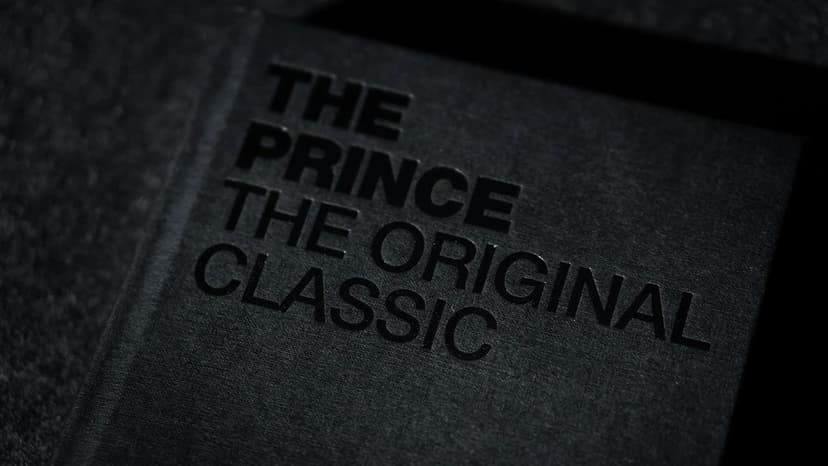The Art of Crafting Your Professional Story: CV vs Resume
In the competitive job market, having the right tools can enhance your application. Two key documents that play a major role in your job search are your CV (Curriculum Vitae) and resume. While these terms are often used interchangeably, they differ in structure, length, and purpose.
CV: A Comprehensive Overview of Your Professional Journey
A Curriculum Vitae, or CV, presents a detailed account of your academic and professional experiences. This document allows employers to see your progression, achievements, and potential. A CV is often used in academia, research, and scientific fields where an in-depth record of qualifications is essential.
Structure and Length
CVs are typically longer than resumes, allowing for a more detailed narrative of your experiences. While resumes usually span one to two pages, a CV can extend beyond that.
Organize your CV into clear sections, presenting your experiences and skills cohesively. Start with a strong introductory paragraph that reflects your professional ethos, followed by sections on your education, professional experience, research activities, publications, and conferences attended. Include comprehensive details to illustrate your journey.
Academic and Research Focus
For roles in research or academia, a CV is your tool to showcase your contributions and achievements. Create a section detailing your research interests, publications, specialized training, grants acquired, and academic memberships. Highlight your intellectual curiosity and commitment to your field.
Resume: A Concise Representation of Your Skills
In contrast to CVs, resumes are succinct documents that target a specific job or industry. A resume condenses your professional history, aiming to attract the employer's attention while proving your fit for a particular position.
Length and Structure
Resumes typically range from one to two pages. Focus on summarizing your qualifications and achievements briefly and effectively. Craft your resume with the goal of clear communication.
Structure your resume to grab attention quickly. Start with an engaging career objective that aligns with the job you seek. Follow this with sections on relevant skills, work experience, education, certifications, and any notable achievements. Only include the most impactful information to capture the employer's interest.
Customization for Specific Roles
Every resume should be customized for the specific position and company you are applying to. Analyze the job description carefully and align your qualifications and experiences with the employer's needs. A tailored resume demonstrates your adaptability and suitability for the role.
Key Takeaways: Crafting Your Story
Both the CV and resume serve as tools to tell your professional story, each with its unique purpose. Consider these key points:
- CV: A detailed record of your academic and professional journey, suited for research, academia, or scientific professions.
- Resume: A concise and customized document displaying your qualifications for a specific job or industry.
Creativity is vital in developing both your CV and resume. Use unique formatting, strong action verbs, and impactful language to create documents that stand out and reflect your professional journey effectively.
Take this knowledge to create a compelling CV or resume that enhances your chances of landing your desired position.












